
The Talking Heads started out playing in legendary New York club CBGB, effectively the focal point for American New Wave; The Ramones, Television, Patti Smith Group, and Blondie also launched their careers there. While these groups all came from the same place and time, they’re a diverse bunch, and Talking Heads have their own niche as an arty and endearingly dorky band.
Scottish born frontman David Byrne and drummer Chris Frantz recruited Frantz’s girlfriend Tina Weymouth on bass. Keyboard player and guitarist Jerry Harrison signed on after finishing his architecture degree, having earlier served in The Modern Lovers, Jonathan Richman’s backing band.
The Talking Heads can sound thin; on their strongest albums, they have auxiliary musicians fleshing out their sound or Brian Eno‘s production providing another point of interest. Their best albums involve all four members collaborating, but their later records are dominated by Byrne and are less interesting for it. The group’s sound changed markedly over their career; on their early albums, they have a nervy, minimal new wave sound, with Byrne’s paranoid lyrics and vocals taking centre stage. But mid-career, they recruited extra musicians and employed funk grooves, while Little Creatures and True Stories have more of an acoustic sound with some country influences.
I am missing a couple of albums below – I don’t always bother with live albums and have covered 1984’s Stop Making Sense, but the 2004 reissue of 1982’s live album The Name of This Band Is Talking Heads has generally been acclaimed. I have also tried the group’s solo careers, and have generally been disappointed – apart from Byrne’s collaborative albums with Eno, the one solo album that I’ve enjoyed is Byrne’s 1981 soundtrack for The Catherine Wheel.
Talking Heads Album Reviews
Talking Heads: ’77 | More Songs About Buildings and Food | Fear of Music | Remain In Light | The Name of This Band Is Talking Heads | Speaking in Tongues | Stop Making Sense | Little Creatures | True Stories | Naked
Favourite Album: Remain In Light
Overlooked Gem: More Songs About Buildings and Food
Talking Heads: ’77
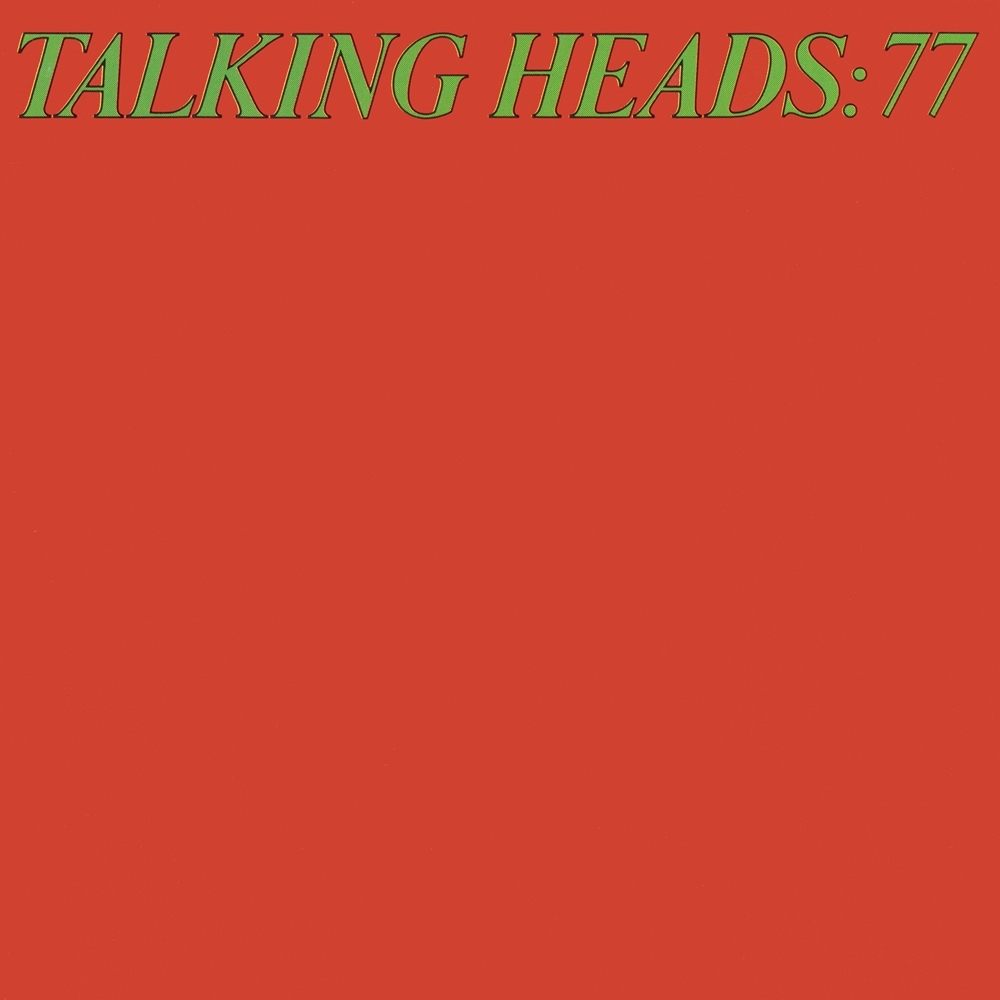
1977, 7/10
I’ve always found Talking Heads: ’77 the most inaccessible of the Heads’ albums; it’s tuneful and interesting, but difficult to approach. On this album, David Byrne is often playing an idiot savant, similar to Jonathan Richman – but while Richman’s characters are charming, Byrne’s are detached and creepy, and it’s weird to hear Byrne lyrics like “I’m embarrassed to admit, it hit the soft spot in my heart.” Talking Heads: ’77 is also very thin sounding, with just the four original members playing – over their next, strongest albums they brought in Brian Eno to broaden their sound and additional musicians.
There are a couple of standout tracks where everything comes together; opener ‘Uh Oh Love Comes To Town’, where Byrne’s irony is so extreme that it’s obvious, ably supported by a steel drum The best-known song is ‘Psycho Killer’, where Byrne drops the cheery facade altogether, instead turning in a cryptic portrait with inscrutable French lyrics.
’77 is bracing in small doses, but 38 minutes of artfully detached and insincere Byrne love songs can be difficult to take in one sitting.
More Songs About Buildings and Food
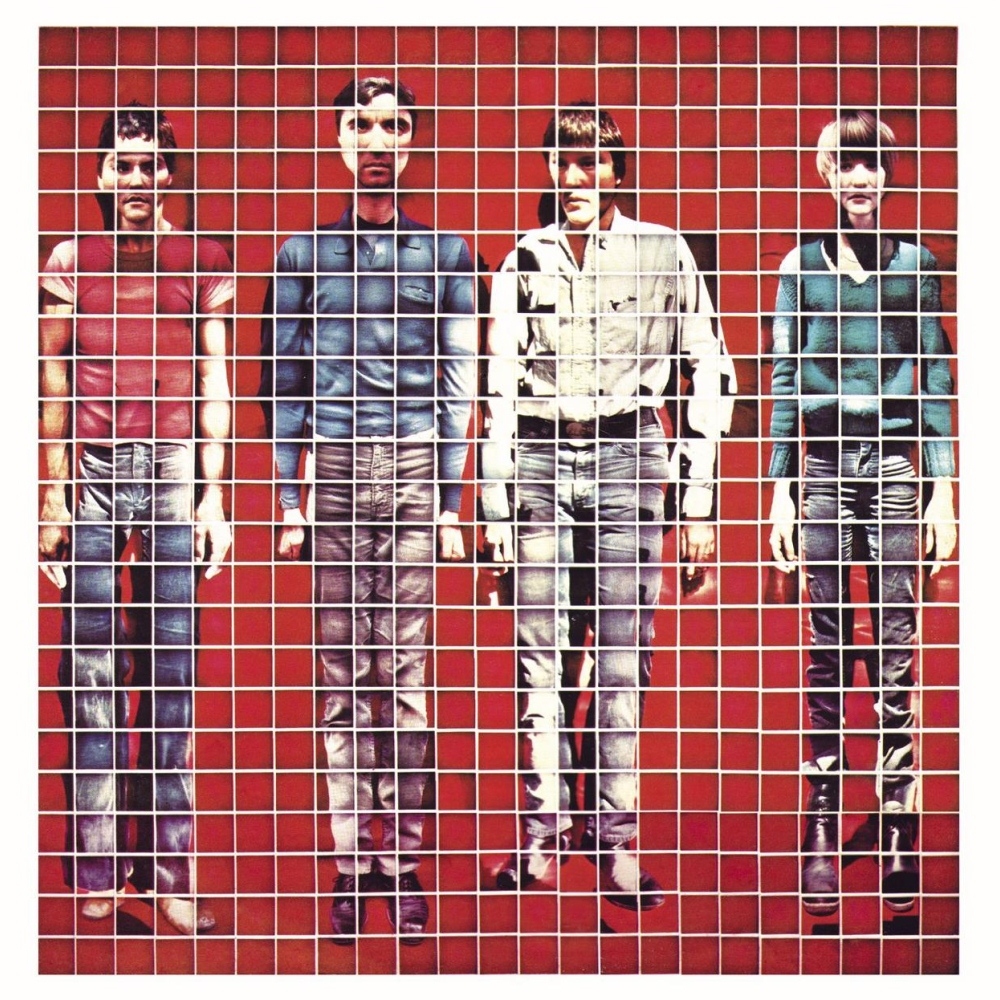
1978, 8.5/10
After an unrepresentative first album, the Talking Heads created their quintessential album on their sophomore attempt. The title More Songs About Buildings and Food refers to David Byrne’s avoidance of writing love songs. Brian Eno’s production also helps to eliminate the creepily light mood of the debut, helping the group to explore the darker side of new wave. The sound of the album is homogeneous for the first nine tracks; a bunch of neurotic new wave songs that sound interchangeable.
More Songs About Buildings and Food gets off to a rip-roaring start with the fantastic ‘Thank You For Sending Me an Angel’, full of punchy drum fills. The nervy, minimalistic cover of Al Green’s ‘Take Me To The River’ is the album’s best-known song. ‘The Big Country’, recorded at a slow pace so that Harrison could keep up on pedal steel, foreshadows the country tones that would enter the band’s repertoire a few albums later.
Like most of the band’s early albums, More Songs About Buildings and Food isn’t an easy first listen, but it captures the band at the beginning of a terrific streak of albums with Eno.
Fear of Music
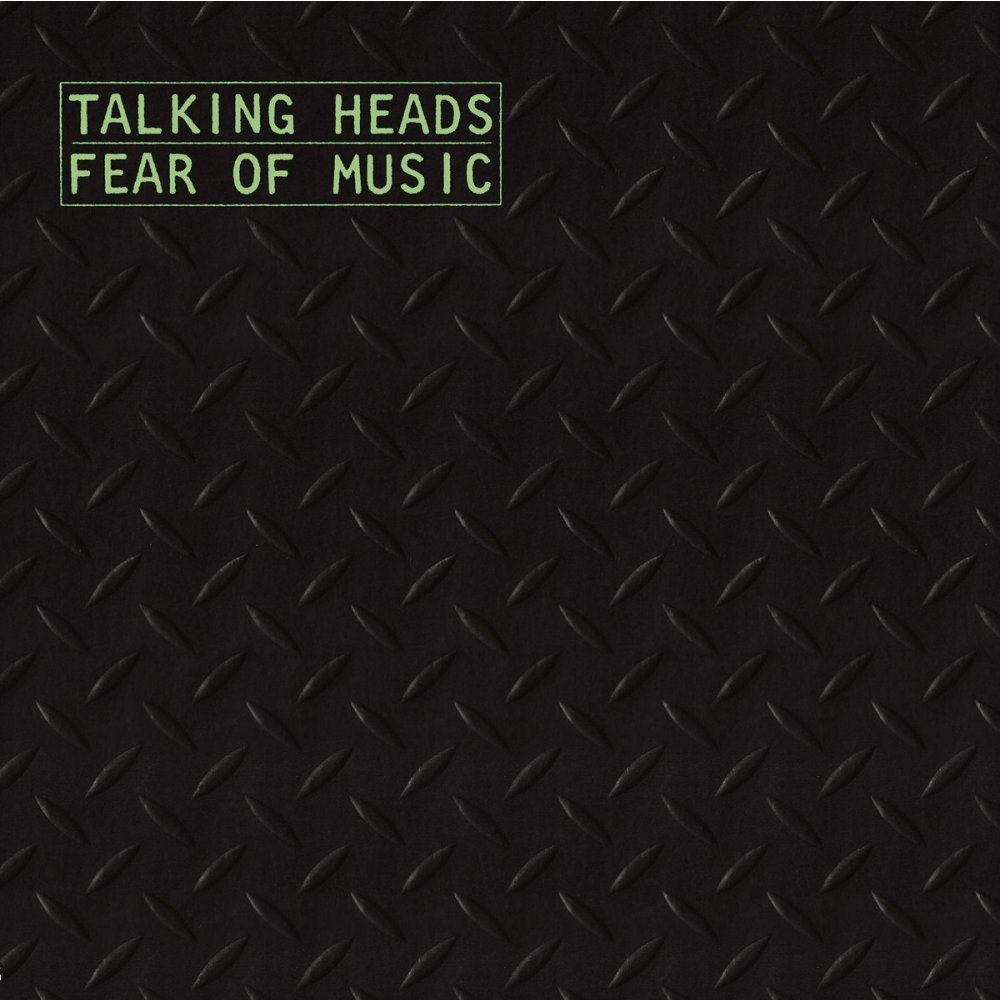
1979, 9/10
Fear of Music is even nervier than More Songs About Buildings and Food; dominated by effective dual guitar parts, where Jerry Harrison and David Byrne lock into complementary rhythms. Brian Eno’s production is perfect, with the denser sound helping the band to sound more compelling. The nerviness comes from David Byrne’s intensely paranoid lyrics; many of the songs are about phobias of specific objects, including ‘Drugs’, ‘Heaven’, ‘Animals’, and ‘Air’.
King Crimson guitarist Robert Fripp adds muscular deftness to the opener ‘I Zimbra’, with nonsense lyrics by poet Hugo Ball, adding up to my favourite Talking Heads song. ‘Memories Can’t Wait’ marries a haunting atmosphere to a stomping rhythm, while ‘Air’ and ‘Drugs’ also showcase an increasing fondness for space. ‘Mind’, ‘Paper’ and ‘Electric Guitar’ all whack simple repetitive guitar riffs into the ground. The single ‘Life During Wartime’ features some of Byrne’s best lyrics; “heard of some gravesites, out by the highway, a place where nobody knows.”
Even though I prefer the funk textures of the following two albums more, Fear of Music is so consistent and compelling that it clearly ranks as their second-best record.
Remain in Light
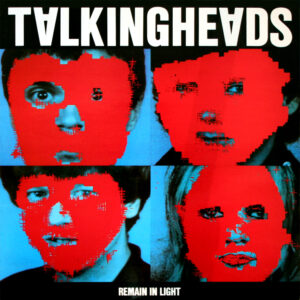
1980, 10/10
Remain in Light marked the peak of development for a group that had evolved markedly over the previous three years. Eno and the group created dense soundscapes, bringing in guest musicians including ace guitarist Adrian Belew (about to join King Crimson) who plays some stunning solos, notably in ‘The Great Curve’. The focus is on rhythm; the rhythm tracks were written before vocals, guitars and keyboards were overlaid. The resulting product is a unique sounding blend of creepy and lush funk.
Remain in Light is a sonic journey; there is a progression away from the hyper opener ‘Born Under Punches’, where each song is quieter than the one that came before; by the time of apocalyptic ‘The Overload’ the album has ground to a disturbing and menacing silence. Although the lyrics are mostly a stream of consciousness, sometimes they hit an amazingly incisive truth; ‘Crosseyed and Painless’ informs the listener “facts all come with points of view/facts don’t do what I want them to.”
Remain in Light is continuously complex and intelligent as it travels through a coherent cycle of styles. It’s easily one of the best albums of the 1980s, although curiously the Heads never sought to reach the same ambitious heights again and headed for a more stripped-back sound with their subsequent albums.
The Name of This Band Is Talking Heads
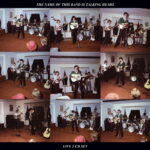
1982, not rated
Many fans swear by the 2004 expanded edition of this live record. I’ve never heard it – I’m not huge on live albums and it was out of print when I bought Stop Making Sense – but the 1980 band with Adrian Belew on guitar and Bernie Worrell on keyboards is assuredly great.
Speaking in Tongues
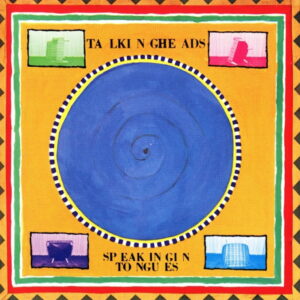
1983, 8/10
After Remain in Light, the Talking Heads underwent a three-year hiatus, during which they all pursued solo projects. When they reconvened, Brian Eno, essentially a core member of the band on Remain in Light, wasn’t included. The group are less ambitious on Speaking in Tongues, resulting in a more mainstream record. The funk influence is carried over from Remain in Light, and two-thirds of the songs are memorable and stuffed full of terrific hooks.
The title Speaking in Tongues refers to the randomness of the lyrics, which often consist of incoherent imagery; the opening track ‘Burning Down the House’ was inspired by religious-like ecstasy that Byrne observed at a Parliament concert. The gospel chorus of ‘Slippery People’, the blues riff of ‘Swamp’ and the ridiculous lyrics of ‘Girlfriend is Better’ are all memorable pop moments, but best of all is the closing ‘This Must Be The Place’, a guarded statement of commitment from Byrne with a lovely melody.
Speaking in Tongues is an enjoyable effort, successfully moulding the group’s artistic tendencies into a more light-hearted framework. You may, however, want to skip Speaking in Tongues and go for the expanded version of Stop Making Sense instead – the six best songs are repeated there, and generally sound better in their live versions.
Stop Making Sense
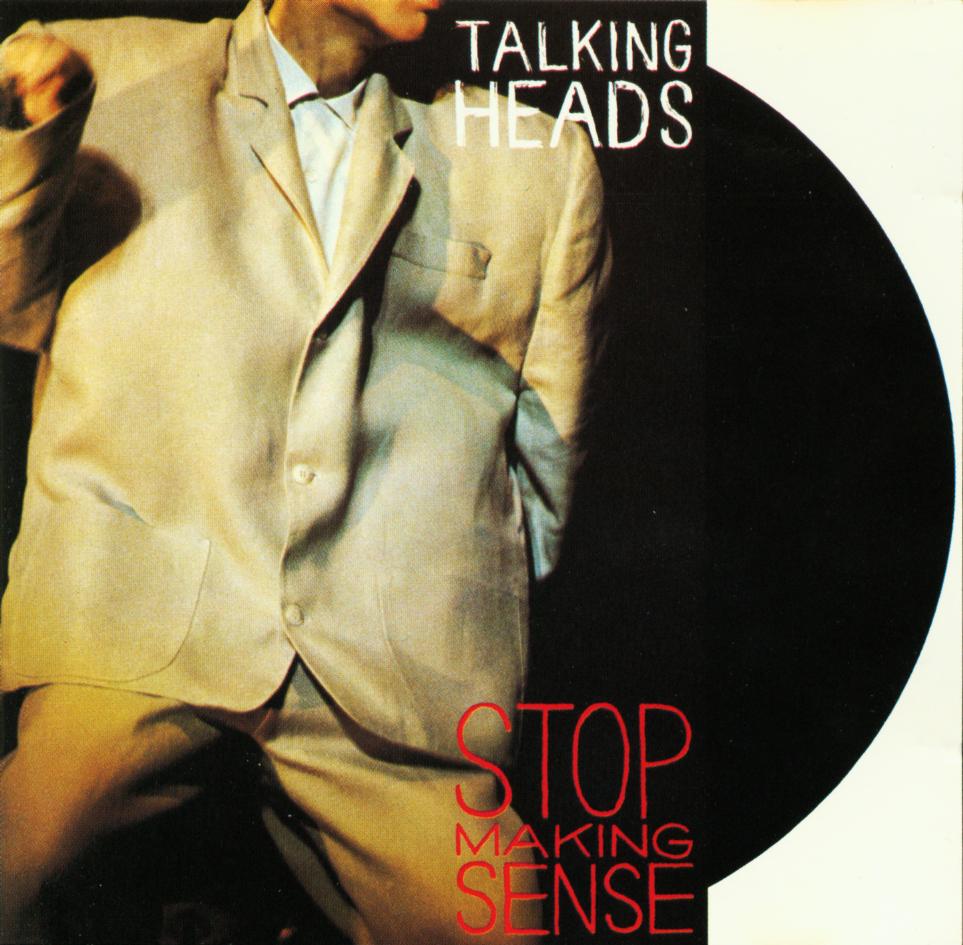
1984/1999, 8/10
This review covers the 1999 special edition, which adds seven tracks and is much more well-rounded than the original album.
Stop Making Sense is the accompanying soundtrack to the Talking Heads concert performance movie, directed by Jonathan Demme. The film itself is an even more essential Talking Heads document, with memorable visual elements like Byrne’s enormous suit and his boombox accompaniment to ‘Psycho Killer’. But the soundtrack holds up as an excellent live document. The core Talking Heads are augmented by backing musicians; Parliament’s Bernie Worrell on synths, guitarist Alex Weir, backing vocalists, and a percussionist flesh out the group into a dynamic sounding ensemble.
In particular, most of the material from Speaking in Tongues sounds stronger in the live versions – ‘Burning Down The House’ is much more explosive. The group also pull off a convincing version of the complex ‘Crosseyed and Painless’ as a closer, while the inclusion of the Tom Tom Club’s ‘Genius of Love’ is also helpful – I enjoy the song, but I found it hard to sit through an entire album from Frantz and Weymouth’s side-project.
The expanded version of Stop Making Sense is well worth hearing – fans of the Talking Heads need to at least check out the movie.
Little Creatures
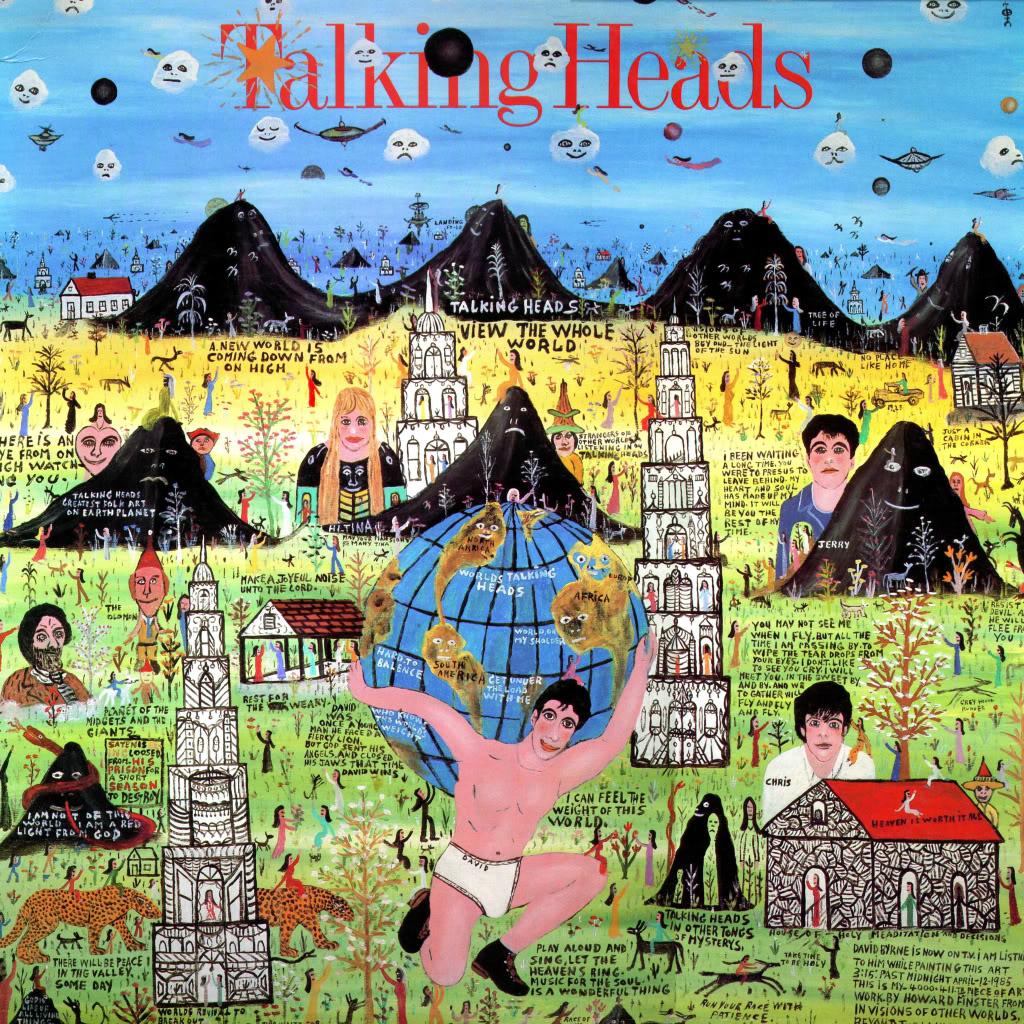
1985, 6/10
By the time of Little Creatures, David Byrne took control of the Talking Heads and essentially relegated Frantz, Harrison and Weymouth to backing musicians. Musically, the Heads down-scaled to straightforward acoustic pop; without interesting textures, Little Creatures is wholly reliant on Byrne’s songwriting. Little Creatures spawned some excellent singles, but some of the album tracks are flat, and overall it was their weakest album to date. The funk of the previous record has vanished and the arrangements are simple, mainstream pop-rock with hints of Americana.
The highlight of Little Creatures is ‘Road to Nowhere’, an innovative combination of acapella nihilistic lyrics, washboards, and accordions, while the harmonised ‘And She Was’ is almost as memorable. Elsewhere, Byrne’s lyrics are strong; ‘Stay Up Late’ scores with hilarious lyrics about a deviant babysitter, while ‘The Lady Don’t Mind’ features faux-naive lyrics about the fringe benefits of pop stardom.
Otherwise, Little Creatures is a surprisingly dull effort from a group who could previously be relied upon to be interesting; Little Creatures has some great songs, but altogether it documents the Talking Heads past their prime.
True Stories
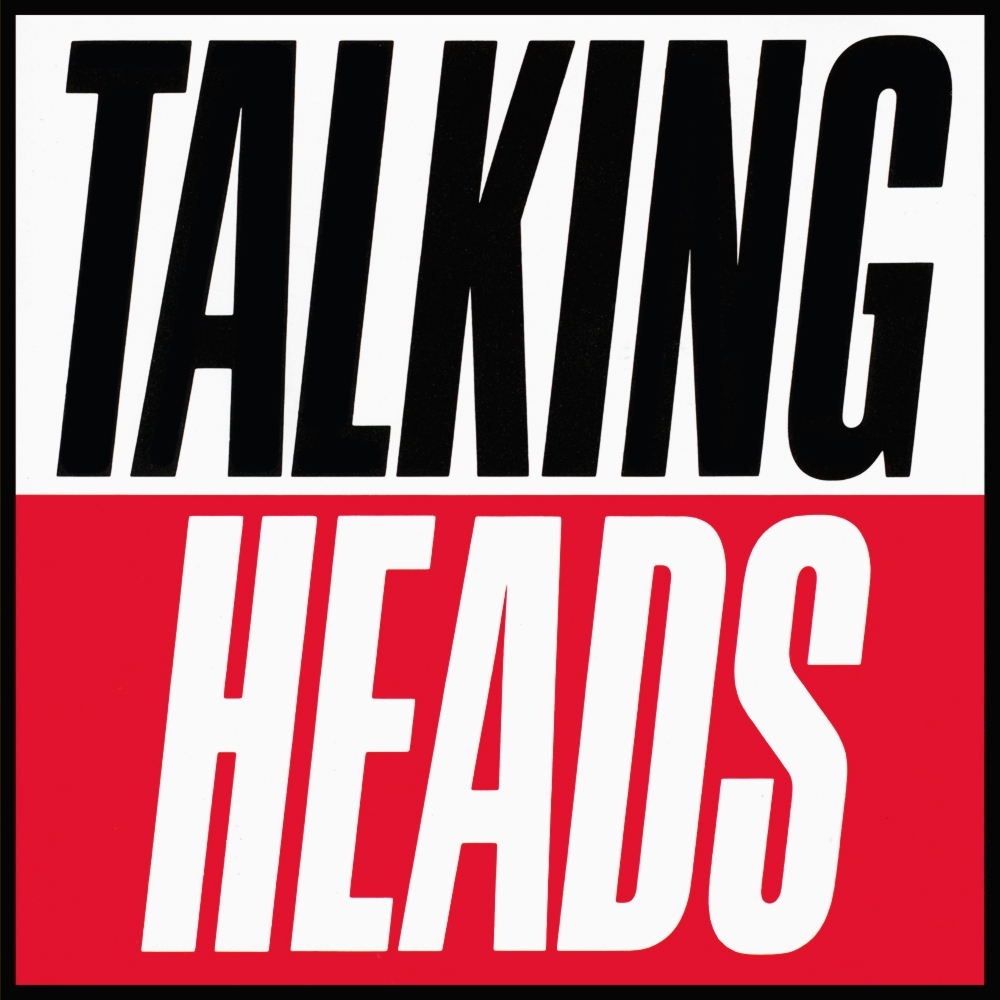
1986, 4.5/10
True Stories is the soundtrack for a David Byrne directed movie, starring John Goodman. Two different versions of the songs were released – a cast version, and a Talking Heads’ recorded set. The Heads’ take, True Stories, follows a similar template to Little Creatures. This time Byrne doesn’t manage the same quality of songs, and he’s dismissed it as the worst project he’s ever been involved in.
‘Wild Wild Life’ is a pleasantly catchy single, while it’s also interesting to hear the Heads’ artless approach to rock and roll in the opening song ‘Love For Sale’. If nothing else, True Stories is notable for the song ‘Radio Head’ which inspired the name of a certain Oxford-based quintet.
True Stories is shockingly conservative and uninteresting; a major disappointment from a band that had previously recorded the vibrant and innovative Remain In Light.
Naked

1988, 6.5/10
The Talking Heads returned to their collaborative approach for Naked. They recorded around 40 improvisational tracks together, before recording the full album in Paris with producer Steve Lillywhite. They’re augmented by a cast of international musicians, including Johnny Marr (recently departed from The Smiths), Arthur Russell, and Kirsty MacColl. With its fuller sound, it’s more interesting than the group’s Americana records – the lesser tracks at least have diverse textural ideas. Byrne, however, no longer has the same paranoid persona that inhabited earlier records like Fear of Music and Remain in Light – married and in his mid-30s, he perhaps felt he’d outgrown it. Often Byrne’s the weak point – tracks like ‘Big Daddy’ are fine musically, but Byrne’s lyrics and vocals are less convincing.
The hit rate of great songs isn’t any higher than the two previous records, but there are some strong songs. ‘(Nothing But) Flowers’ is a positive take on the post-apocalyptic song, with MacColl’s harmony vocals and Marr’s guitar featured over African reggae rhythms. The horns and funky keyboards make ‘Blind’ a strong opener, while ‘Mr. Jones’ also has great horn parts. Later versions include ‘Sax and Violins’ from the soundtrack to Until the End of the World.
Naked marks a minor creative comeback from the band, but it still marked the end of the road – the band quietly split at the end of 1988.
Tom Tom Club
Tom Tom Club
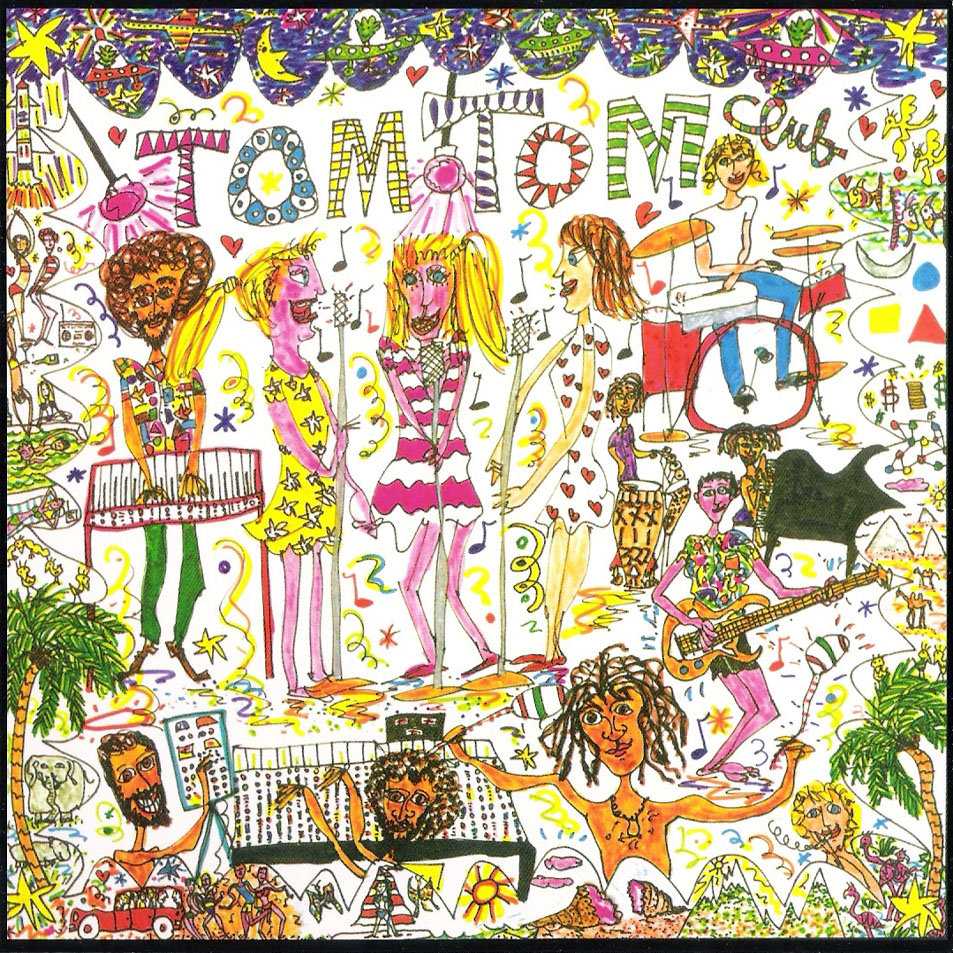
1981, 4/10
After four successful albums with the Talking Heads, rhythm section Chris Frantz and Tina Weymouth were underwhelmed by their bank balance. Their funk ensemble the Tom Tom Club, also featuring stunt guitarist Adrian Belew and Weymouth’s sisters was a shameless attempt to recoup some money. While Tom Tom Club sold comparably to contemporary Heads albums, its main attraction is the pair of gleefully inane and catchy singles that open the record.
‘Genius of Love’ has been often sampled, notably as the basis for Mariah Carey’s ‘Fantasy’ – it’s enjoyable, even if I prefer the punchier version on the Talking Heads’ live album Stop Making Sense. ‘Wordy Rappinghood’ is an inspired combination of funky retro keyboard sounds and ‘Old McDonald Had A Farm’. Belew also spices up Tom Tom Club with some innovative performances, including his trademark elephant in ‘L’Elephant’.
Tom Tom Club has a couple of strong singles and shows the musical contribution that Frantz and Weymouth bought to the Talking Heads. It’s shallow compared to the contemporary albums by the parent band, and it’s more of a fun diversion than anything.
Ten Best Talking Heads Songs
I Zimbra
Once In A Lifetime
The Great Curve
Burning Down The House
Naive Melody (This Must Be The Place)
Memories Can’t Wait
Uh Oh, Love Comes To Town
Thank You For Sending Me An Angel
Crosseyed and Painless
Listening Wind
Return to Punk and New Wave Reviews
8 Comments
Leave a Reply
Related Pages
About
Aphoristic Album Reviews is almost entirely written by one person. It features album reviews and blog posts across a growing spectrum of popular music.
Review Pages
Read about the discographies of musical acts from the 1960s to the present day. Browse this site's review archives or enjoy these random selections:
Blog Posts
I add new blog posts to this website every week. Browse the archives or enjoy these random selections:
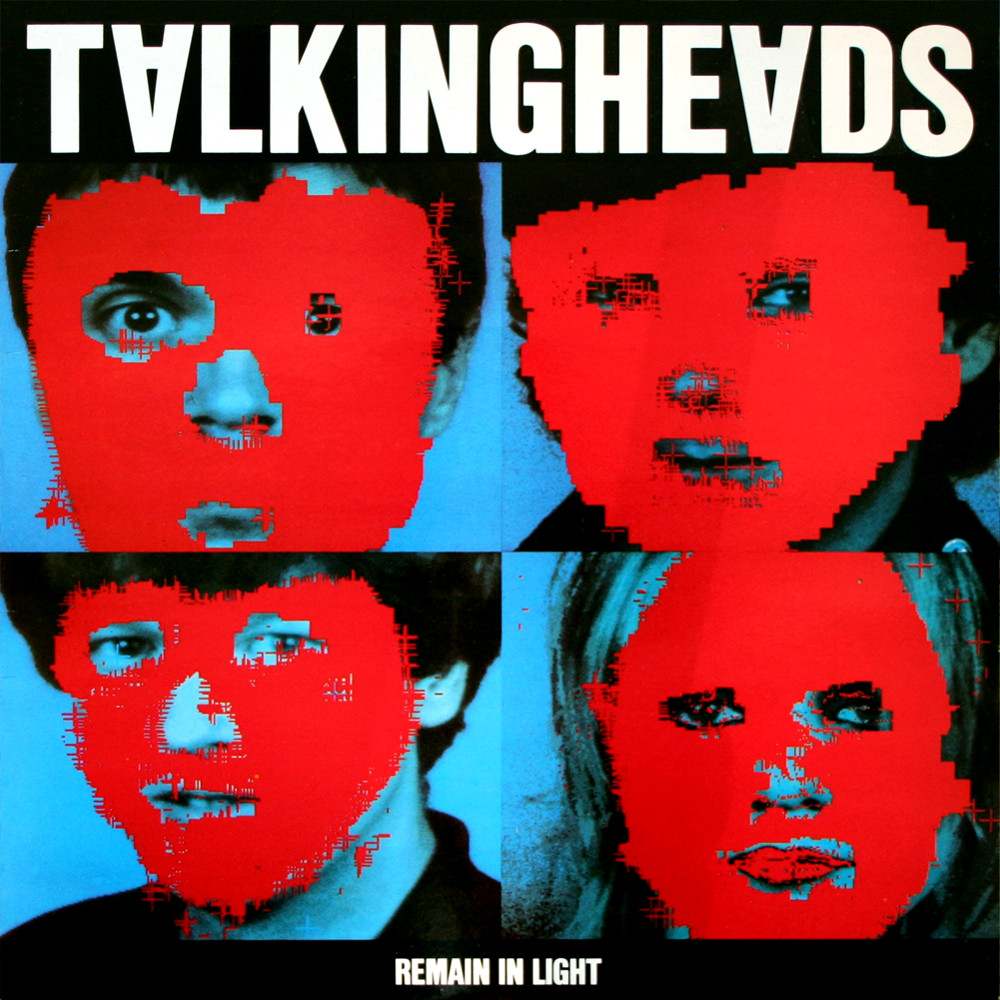
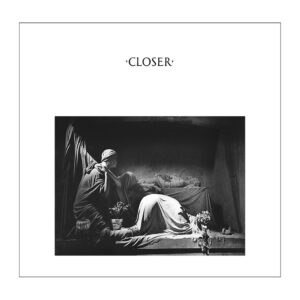
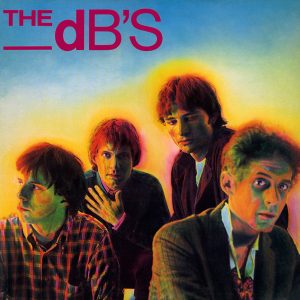
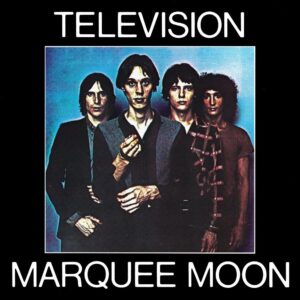
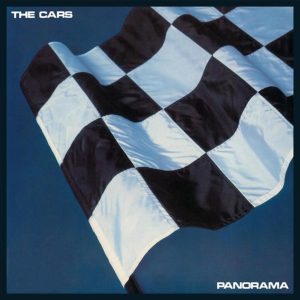
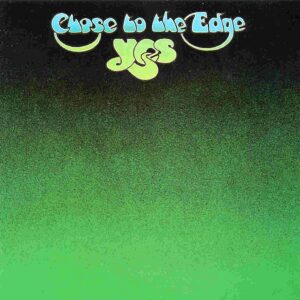
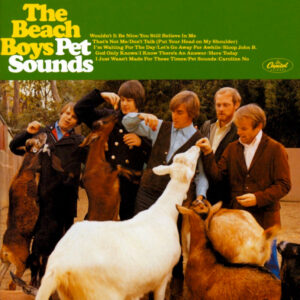
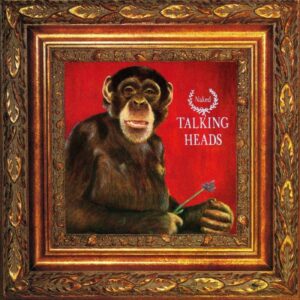
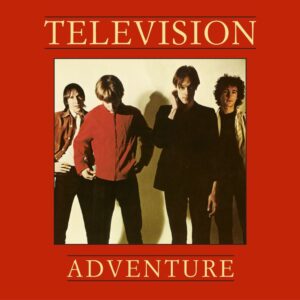
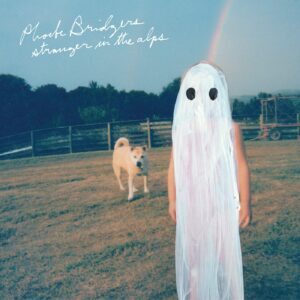


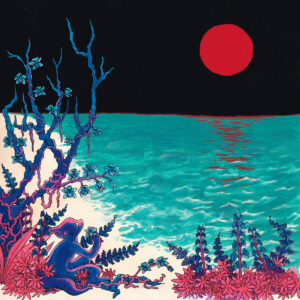
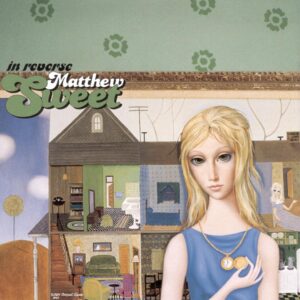

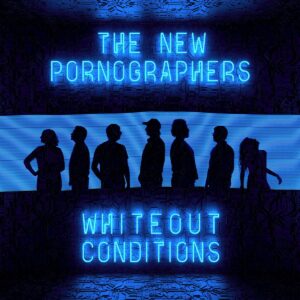
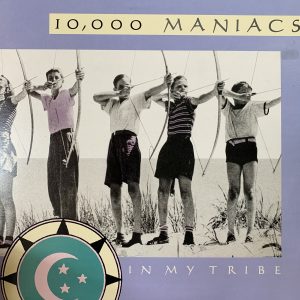
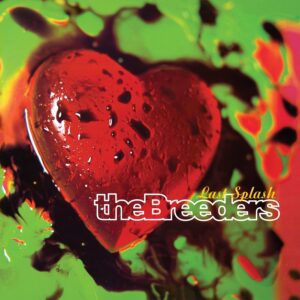
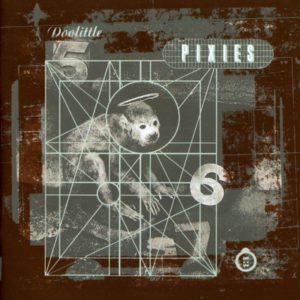
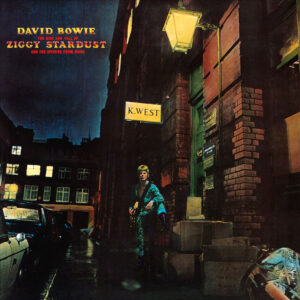
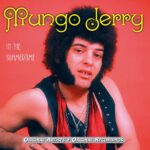
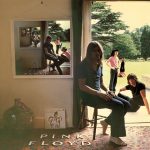
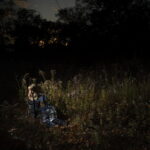
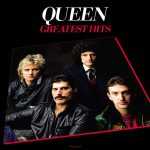
CB always digs hearing this band. Have most of their music.Hey, I have them in my collection so I must like them. At the time they were outside the box and I like that.
Yes, they must seem a lot more normal in retrospect. They’ve been pretty influential.
Their music never gets old to me. Because I haven’t listened it to death it seems fresh,
Have you checked out the live stuff on Youtube? There’s some pretty cool stuff with Adrian Belew in the band – I think there’s a 1980 concert in Rome or something like that.
Now that sounds interesting. On one of the album takes (Tom Tom Club) you mentioned Adrian playing with them
Yeah, he plays on Remain in Light and on the Tom Tom Club. I think there was some dispute about pay with the Tom Tom Club and he stopped working with the band, which is a shame, as instrumental firepower really helps to put them over the top. Although bringing in Bernie Worrell for Stop Making Sense also worked fine.
https://www.youtube.com/watch?v=0wp2qhoop9U
Yeah that’s Adrien all right. Thanks for that.